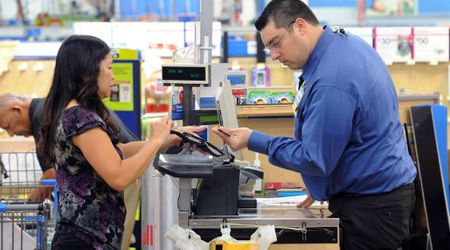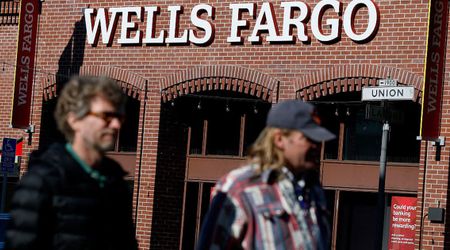DoorDash and Instacart Mandates Tipping Before Services; What’s the Impact on Customers and Servers?

No one likes paying for a service before even experiencing one, but that’s what is happening as people are opting for delivery services like DoorDash and Instacart. The customers are asked to choose the tip amount and pay in advance even before the service is completed. Customers are getting frustrated as they are losing a say in whether to tip or not depending on the service they get.

Tipping before the service is completed
DoorDash and Instacart are operating a model where the customer needs to pay the tip before the delivery executive is assigned. The value of the tip being provided by the consumer may impact whether the delivery executive opts to deliver or not. The DoorDash application states, “Dashers have full freedom to accept or reject offers based on what they view as valuable and rewarding.” Customers are being cautioned to use the app-displayed tip amounts rather than custom tips as it could affect their delivery time. From the delivery guy and drivers’ perspective, having visibility of tips is much more informative for them and helps them decide which request to pick up to maximize their earnings. For instance, Uber used to show its drivers the history of the tips being given by riders over previous rides, so the driver could decide whether they want to pick that rider or not.

Tip Fatigue
Tipping culture is growing. Earlier the services where customers were expected to tip were limited mainly to dining, but now it has expanded to include the entire hospitality, entertainment, grocery delivery, and cab-hailing industry. The number of places where a user is expected to tip is increasing tremendously, a term popularly referred to as 'tip creep'. But this is making consumers more averse to paying tips. As the customers are expected to pay tips for every service they take, it builds up a lot of pressure on them, and in the end, customers are suffering from 'tip fatigue' and avoiding tips altogether. The primary cause of tip fatigue is that now consumers have little say on whether to tip or not. With the bills and applications coming up with the option of expected tip amount, the users are even losing a say on the amount of tip they wish to offer.

Research done by the Pew Research Center states that for 75 percent of American adults (respondents), it was the quality of the service being offered that decided the amount of the tip to be paid. But in the current landscape, the sentiment of the consumers has gone for a toss. Grocery delivery and cab-hailing industry have taken it to the next level by asking the tips to be paid before the service is offered.
To address the consumers' frustration, Michael Lynn, consumer behavior professor at Cornell University School of Hotel Administration said that consumers are dissatisfied with the current state of tipping, and a lot of it has to do with being asked to give tips before the service rather than after. To gauge how the consumers view the entire tipping realm in the United States, Bankrate conducted a survey, where it turned out that over 66% of the US folks had negative sentiment towards tipping. Due to 'tip fatigue', the overall tips being given away in the U.S. has fallen.






















